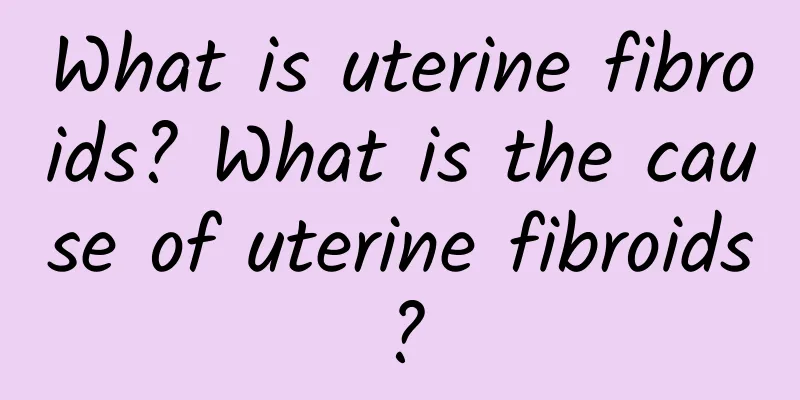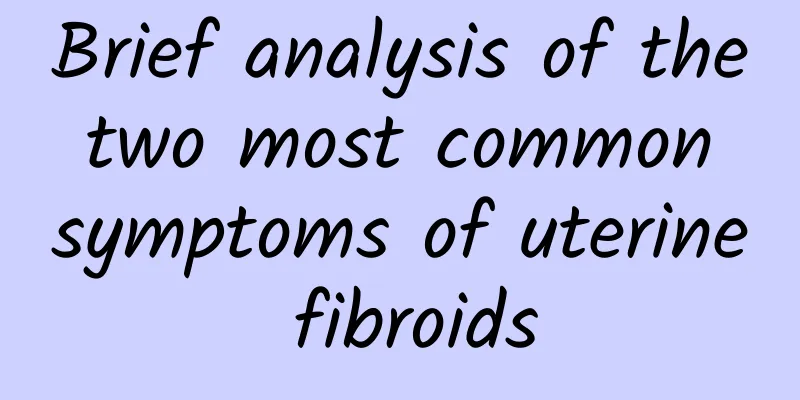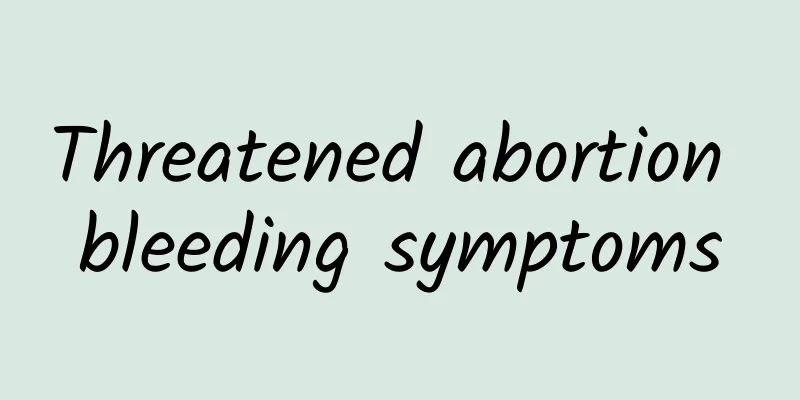What is uterine fibroids? What is the cause of uterine fibroids?

|
Uterine fibroids are the most common benign tumors in the female reproductive system, mainly occurring between the ages of 35 and 50. But many patients don't know much about this disease, so they delay treatment. So what are uterine fibroids? They are mainly formed by the proliferation of uterine smooth muscle cells, with a small amount of connective tissue fibers existing only as supporting tissue. The specific cause of uterine fibroids is still unclear, but studies have shown that excessive hormone secretion is the most common cause of uterine fibroids. The most common symptom of uterine fibroids is menstrual changes, which are manifested as shortened menstrual cycles, increased menstrual volume, prolonged menstruation, and irregular vaginal bleeding. 1. Uterine bleeding: It is also the main symptom of uterine fibroids, occurring in more than half of the patients. Among them, cyclical bleeding (excessive menstruation, prolonged menstruation or shortened menstrual cycle) accounts for about 2/3, and non-cyclical (continuous or irregular) bleeding accounts for 1/3. 2. Excessive menstruation: It often occurs in submucosal and intramural fibroids, and manifests as excessive menstruation, prolonged menstruation or irregular vaginal bleeding. The main reason for increased bleeding is that the area of the endometrium increases, hindering uterine contraction and affecting blood circulation. 3. Pain: About 40% of patients with abdominal pain, 25% of patients with backache and 45% of patients with dysmenorrhea; some also have lower abdominal swelling or back pain, but the degree is not very serious. Pain refers to the pain caused by tumor compression of pelvic blood vessels, blood stasis, nerve compression or submucosal fibroids stimulating uterine contraction. Friendly reminder: Uterine fibroids will have the above symptoms, which will not only affect the patient's own health. It will also affect the couple's life and lead to family breakdown. Therefore, early detection, early diagnosis and early treatment are the key links in the treatment of uterine diseases. |
>>: What is multiple uterine fibroids? What are the hazards of multiple uterine fibroids?
Recommend
Abnormal leucorrhea is one of the main symptoms of cervical hypertrophy
Because young people nowadays do not pay attentio...
How much do you know about the causes of vaginal candidiasis?
Some female friends often wonder why they still s...
What causes ovarian cysts?
There are two main causes of ovarian cysts: physi...
What medicine is effective for vulvar itching?
Vaginitis secretions irritate the vulva, which ma...
How many days after ectopic pregnancy surgery?
What does ectopic pregnancy mean? What we call &q...
What are the main hazards of cervical erosion?
In daily life, many people suffer from cervical e...
Hematogenous spread may generally lead to adnexitis
Hematogenous transmission may generally cause adn...
New progress in the diagnosis of cervical precancerous lesions
Cervical precancerous lesions are a common diseas...
What are the early symptoms of ectopic pregnancy?
Ectopic pregnancy is generally caused by salpingi...
What are the symptoms of cervical precancerous lesions in life
What are the symptoms of cervical precancerous le...
Things to note when preventing vaginitis
Many people must know or understand the disease o...
What is the treatment for cervical hypertrophy?
Cervical hypertrophy is a common gynecological di...
What does Nabothian cyst mean?
A nabothian cyst is a small cyst that develops on...
TCM syndrome differentiation and treatment of menstrual disorders in patients with irregular menstruation
Menstrual disorders refer to irregular menstruati...
Complications caused by cervicitis
If cervicitis is not treated promptly, it may lea...









